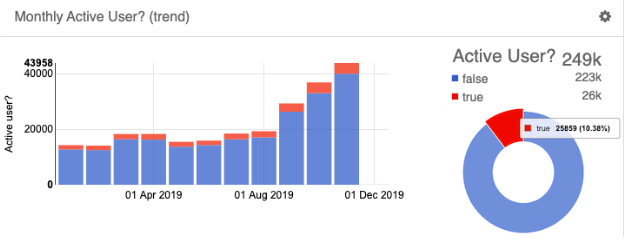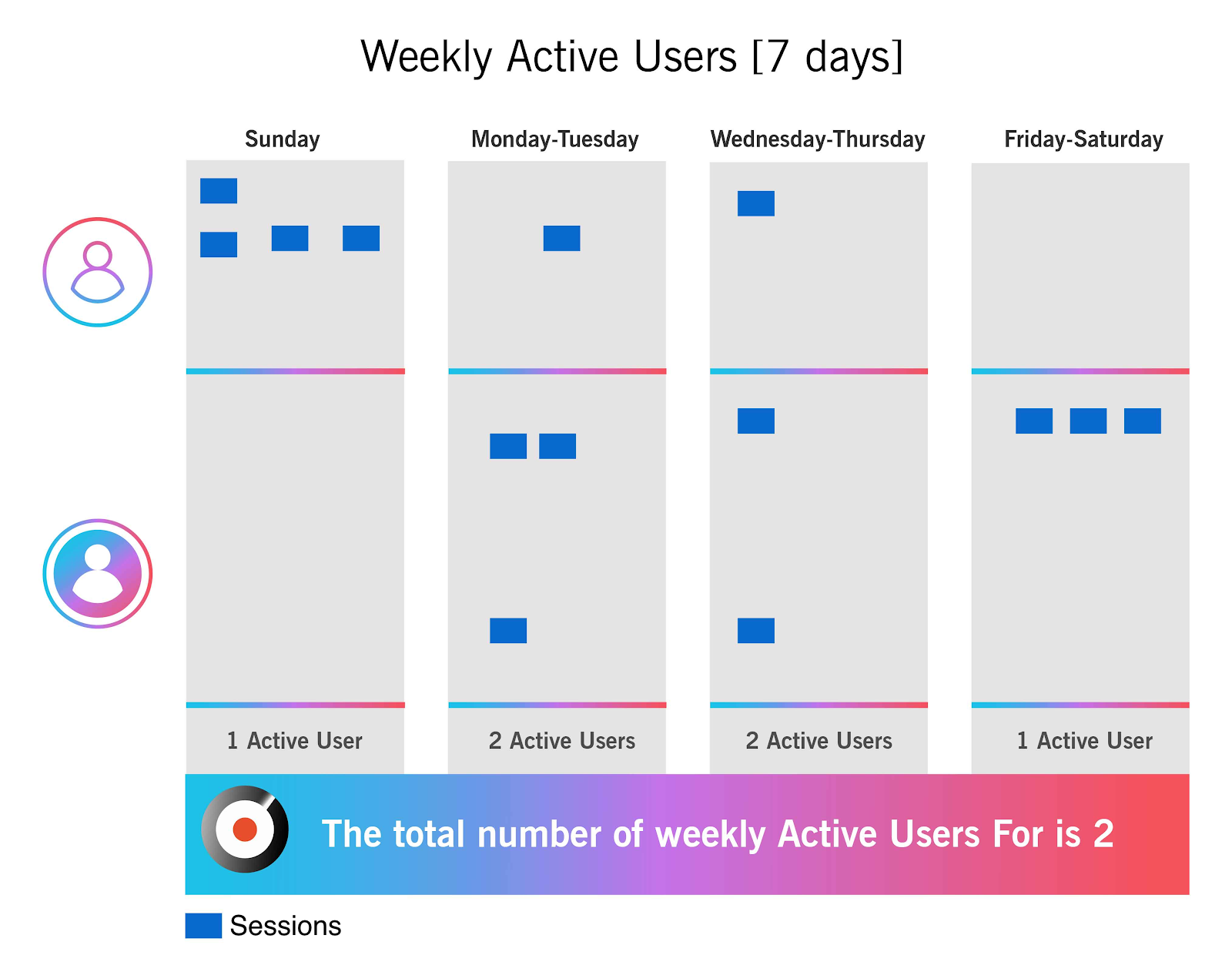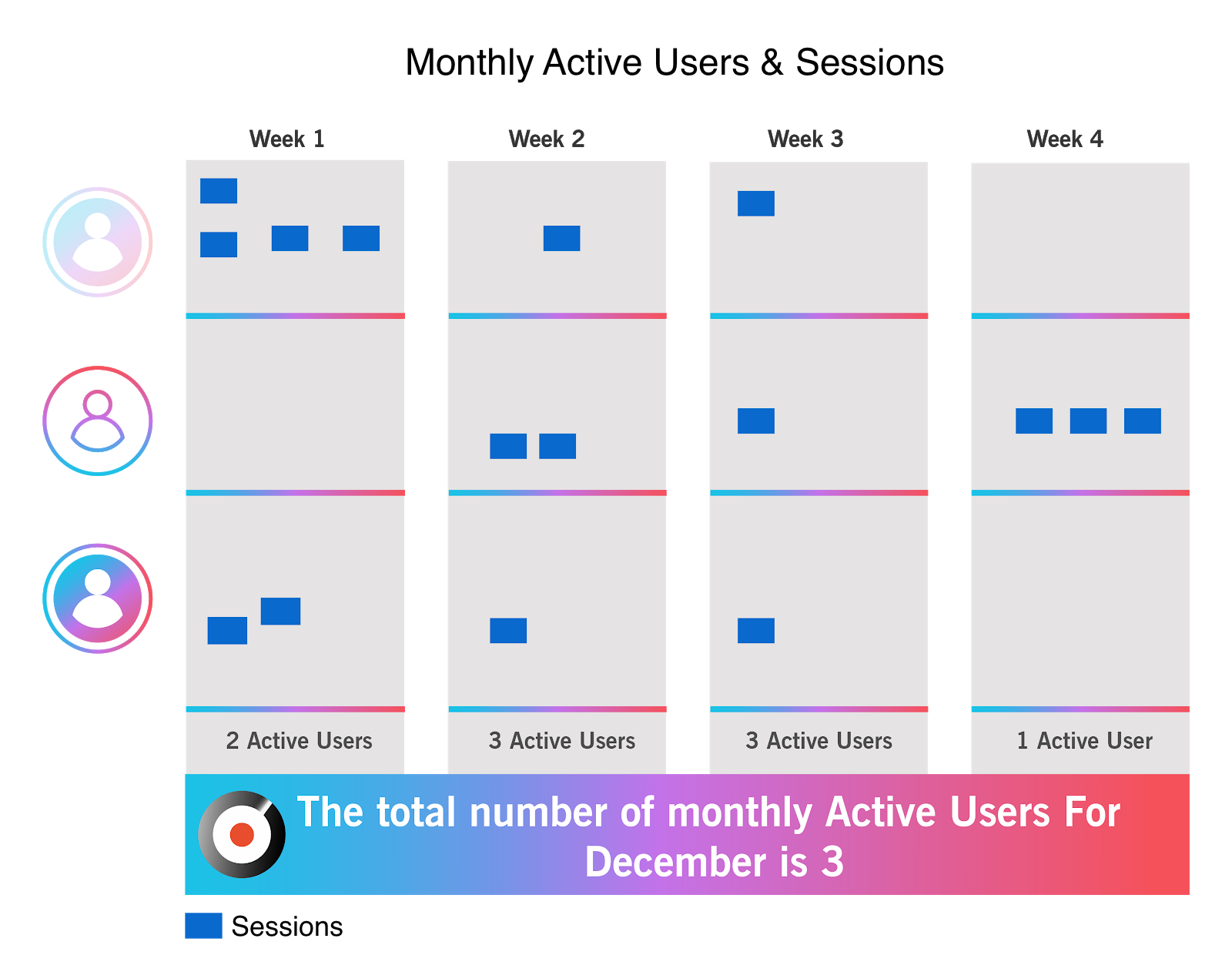Marketing Campaigns: Creating Highly Effective Promotions
article, blog, uncategorizedMarketing campaigns: Creating highly effective promotions
This is the ultimate guide to crafting online marketing campaigns that converts traffic to clients. This article is written to get you high ROI from organic and paid marketing.
Do you want a highly effective marketing campaign that delivers quality traffic that converts to paying customers? This article is for online businesses who want to attract prospects & qualified traffic that converts to happy customers.
1. What you will learn in this article
In this article we address marketing campaigns. For starters we provide the definition of a marketing campaign. We provide some background history. We outline developments in internet advertising which set the playing field. There is a list of ten steps to plan a perfect marketing campaign. We discuss the challenges marketeers face; what makes it difficult to launch a successful marketing campaign. We discuss options specific to LinkedIn, Google, and Facebook.
To give value, we provide tools for improving your chances of launching a successful marketing campaign and seeing a return on your investment. Learn more by watching this video.
Table of contents:
- What you will learn in this article
- Definition of a marketing campaign
- Best way to plan a marketing campaign
- Problem (issue) the difficulty of launching a campaign in today’s environment
- Potential solution – use measurement for data-driven campaign planning and execution
- Recent developments in the history of marketing campaigns
- The current landscape – challenges facing marketers – better targeting
- Avoid spend without ROI
- Measure and Increase Chances of Measurable Success
- Conclusion
2. definition of a marketing campaign
The definition of a marketing campaign is an effort to publicize new or existing products and services through established channels using advertising and marketing materials. A typical combination of media might include email, social media, pay-per-click, and print, television or radio advertising.The main goals of a marketing campaign should be to drive traffic, improve brand awareness, and increase market share through additional sales.
3. best way to plan a marketing campaign
This list of ten modern Best Practice will help you create an exceptional data-driven marketing campaign.
Ten steps: the best way to plan and run a successful marketing campaign. The process from campaign launch to leads.
- define your marketing campaign goals
- define measurement metrics for your marketing campaign goals
- build your call-to-action – what do you want people to do
- plan the work flow – where will visitors land – build and test your landing page(s)
- outline campaign goals: define success – the minimum numbers needed for ROI
- determine your marketing campaign budget
- asset production: prepare your message and offers
- identify marketing campaign channels
- identify target personas
- measure results: monitor conversion closely once the campaign is launched
4. The difficulty of launching a successful marketing campaign in today’s environment
On the face of it, this should not be so complicated. At the moment however, many people are losing money on marketing campaigns. It’s become increasingly difficult to guarantee success or even positive ROI outcome in today’s landscape. The point of a marketing campaign should be to: use a formula to put in Spend and get out Desired Outcome. At the moment however, we see people spending money and losing it.
Question: what is the current problem with launching marketing campaigns?
Answer: the complications and uncertainty involved in predicting success, or even break-even outcome
5. Potential solution – use measurement for data-driven campaign planning and execution
Question: what is the solution?
Answer: social web and mobile analytic data now available for measuring marketing efforts allows you to deliver data-driven campaigns. This increases the chances of a successful outcome. Identify your ideal target buyer personas and use data to target them. Marketing can target them with content. Once they are engaged, leads can be passed on to Sales. Use metrics to manage and improve the process.
As with many strategic business decisions, fail to plan = plan to fail. Here is a list of campaign components you will need to plan:
Options (channels, platforms)
Audience (target buyer persona)
Workflow (call-to-action)
Plan (budget and objectives)
Mechanisms to track and monitor success (test, deploy, monitor, adjust, repeat)
6. Recent developments in the history of marketing campaigns
Ten years ago, it was relatively easy to launch a marketing campaign. Instead of becoming easier, things have become more complicated. The current landscape is a moving target. It is very hard to guarantee ROI. There are many unknowns; targeting has become both standard and increasingly expensive, to the point of being cost-prohibitive. An additional challenge is designing measurement correctly so you can both pivot and measure conversion. In other words plan for and define the desired outcome.
Some historical background
Advertising and Marketing is an ancient and noble art. A bronze plate advertising a needle shop during the Song dynasty in China a thousand years ago is considered our first advertising medium. Trademarks have been around for up to 4,000 years, in the form of marks and seals. The first advertising agency in the U.S. was founded in Philadelphia in 1840. Think of campaigns such as ‘Uncle Sam wants you’ and ‘Got Milk?’ which have become part of our cultural lexicon. [insert image – Uncle Sam Wants you / Got Milk?]
7. The current landscape – challenges facing marketers – better targeting
Fast forward to the 1990s and the introduction of search engines which allowed for targeting based on search queries. Today, the problem situation is:
- the major players are Google Facebook, and LinkedIn
- the marketplace for launching campaigns is a shifting landscape
- this is further complicated by the fact that lead generation involves several delicate steps
- Google and LinkedIn are no longer for testing – they are expensive
- You need to be an expert in many fields – ie LinkedIn / Facebook / Adwords certified in order to compete. It takes many months – even a year, to become an expert – which costs money (or hire an agency due to complexity)
Context: a few years ago, Facebook started by copying Google, in allowing you to target ads. Six months ago, for example, you could not target niches on LinkedIn.
Now, Facebook is copying LinkedIn, allowing you to target professions/ professionals using lead ads. Meanwhile, LinkedIn offers targeting via firmographic demographics.
8. Avoid spend without ROI
This may sound like a lot of opportunity, but many people try and fail, because a) prices have become so high and b) linking the technologies together is tricky. In other words, the outcome is a (high) cost without the desired outcome. It is necessary to configure attribution, conversion, and success in order to measure and repeat results. A structured plan will increase the chances of generating a positive ROI outcome because it will allow you to verify results, both good and bad.
9. Measure and Increase Chances of Measurable Success
In spite of uncertainty, by looking at these basics we can help you increase chance that ROI outcome is successful. You can minimise risk through planning. Using the
- i. point 3. above: Ten steps to plan a Marketing Campaign
- ii. planning how to measure and
- iii. using metrics to update campaign elements and increase chances of successful outcome




